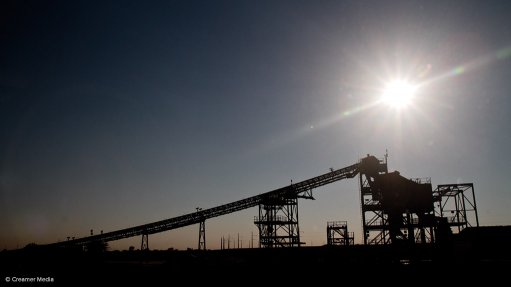
Photo by: Duane Daws
JOHANNESBURG (miningweekly.com) – South Africa’s platinum mining sector would benefit more from implementing fully mechanised systems, rather than retrofitting existing systems or making use of hybrid systems, Tomahee Consulting senior consultant Alastair Macfarlane said on Wednesday.
Speaking at the Southern African Institute of Mining and Metallurgy’s Mine Planning School conference, in Johannesburg, he pointed out that, even before the crippling five-month strike, South Africa’s platinum industry was 40% unprofitable and, therefore, something had to be done to revitalise the sector.
To effectively deal with the challenges faced, Macfarlane suggested that planning, in the near term, had to be less strategic and more operationally focused.
Planning also had to focus on cash flow generation in the short- and medium-term.
Macfarlane added that it would be important for platinum mining companies to look at the economics to determine the true impact of the platinum industry strike, adding that any future decisions had to be based on sound economics, and those decisions had to focus on optimising a company’s mineral asset portfolio.
“Then we need to look at and answer the question on where we are going with mechanisation,” he stated, emphasising that one size did not fit all.
“Retrofitting is not a good idea. We need to look at global best practice and bring that into our greenfield operations,” Macfarlane said, explaining that retrofitting or hybrid systems – which were what was mostly being implemented in South Africa at the moment – was not ideal, as it had too many constraints, with only marginal opportunities for improving the systems.
“What we need to do [during the design] and planning for mechanisation in this industry, is to set realistic targets based on global best practice,” he stated.
These targets had to include aspects such as 85% availability of machines, more than 75% utilisation of equipment, 24/7 operation, hot seat changeovers and efficient and matched cycles.
Once this had been done, the critical operating parameters could be set up – which would typically cover aspects such as machine efficiency, costs and tonnage outputs – after which the system had to be managed effectively, which, in turn, created a need for effective data management, he said.